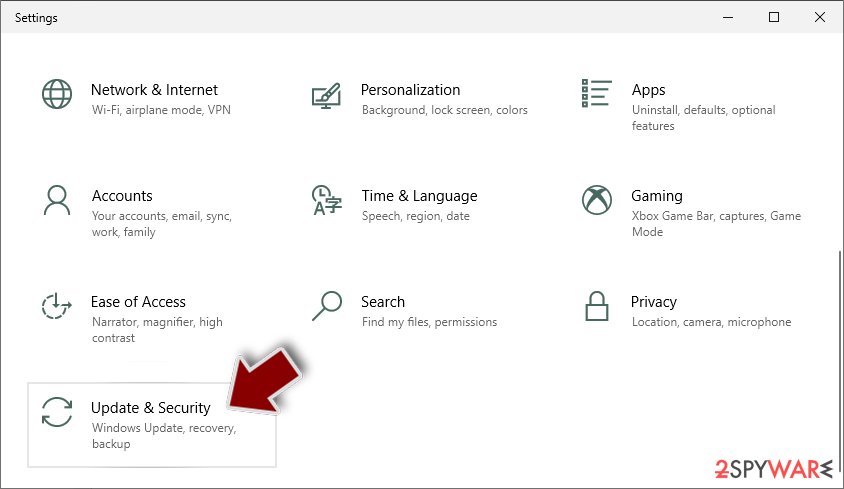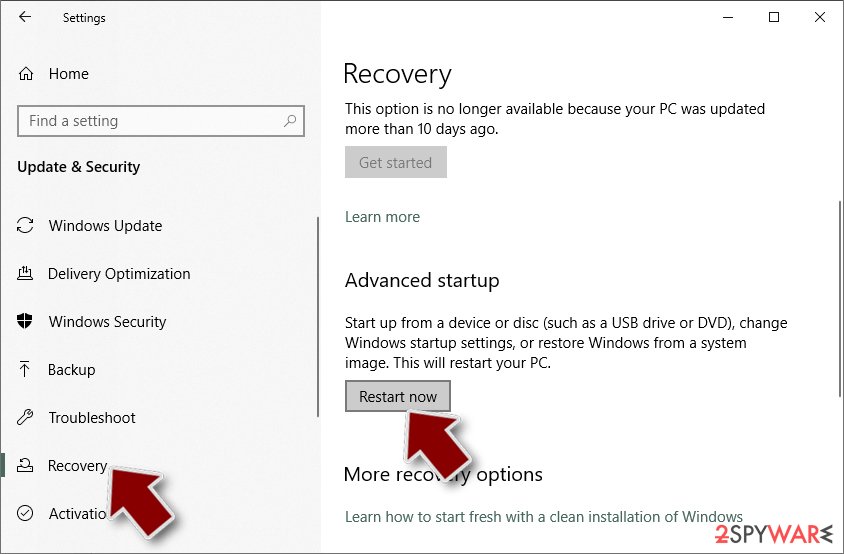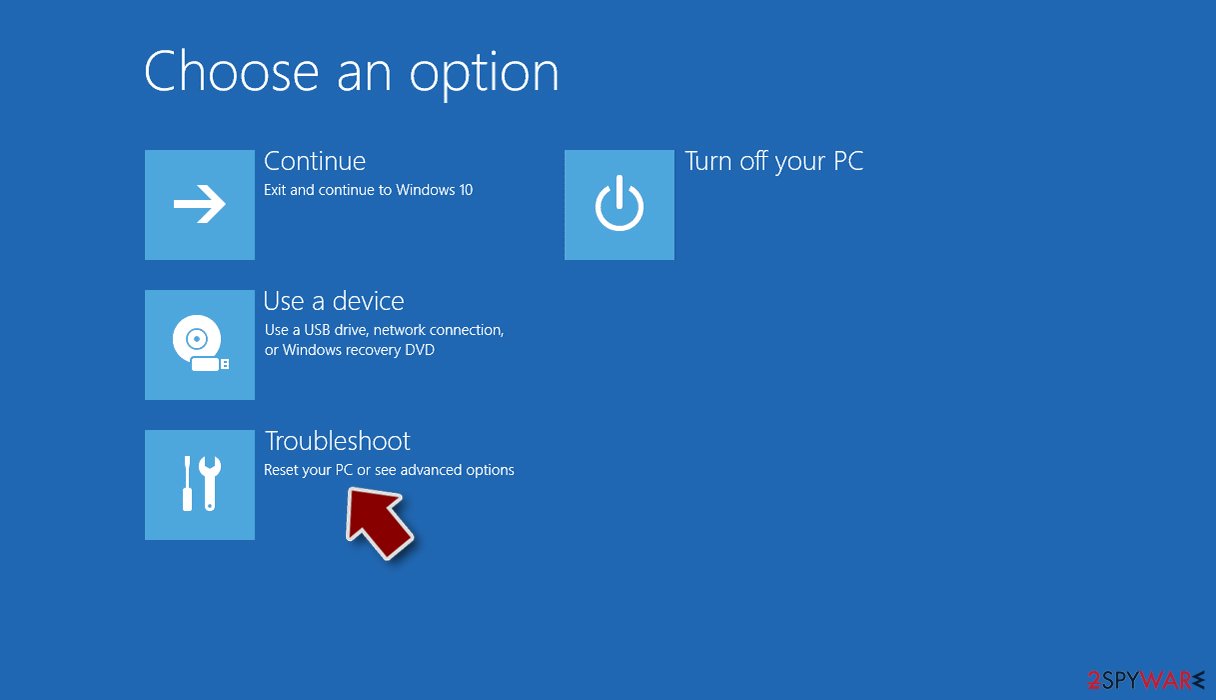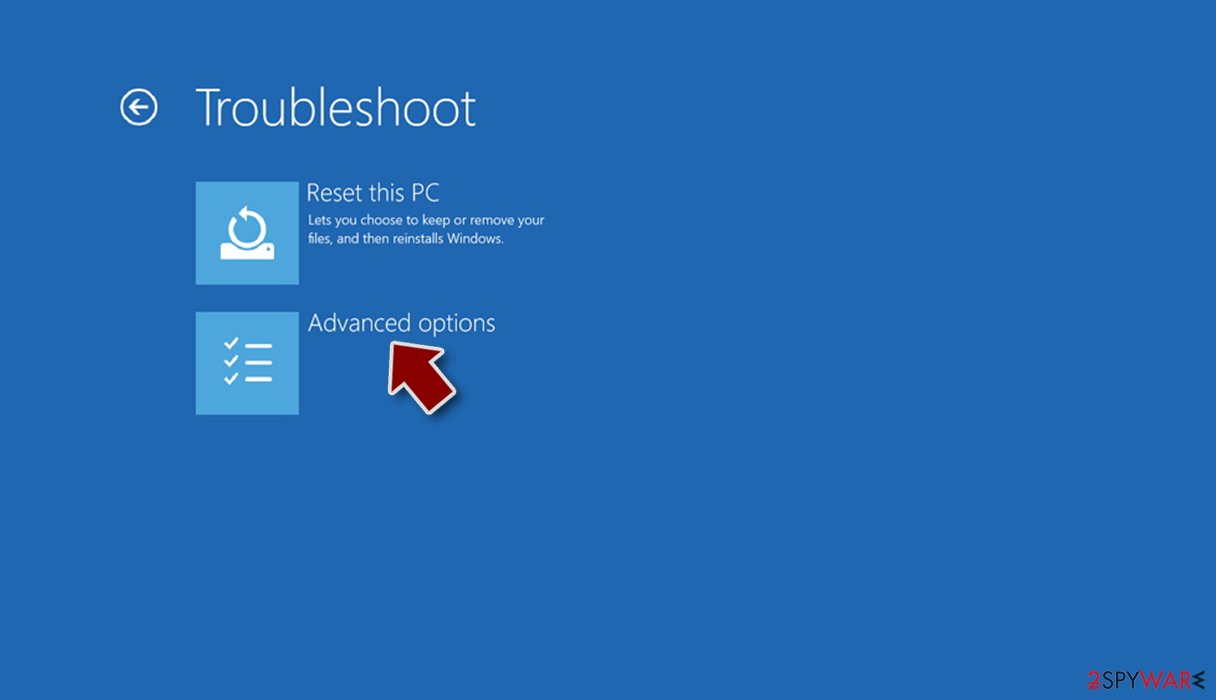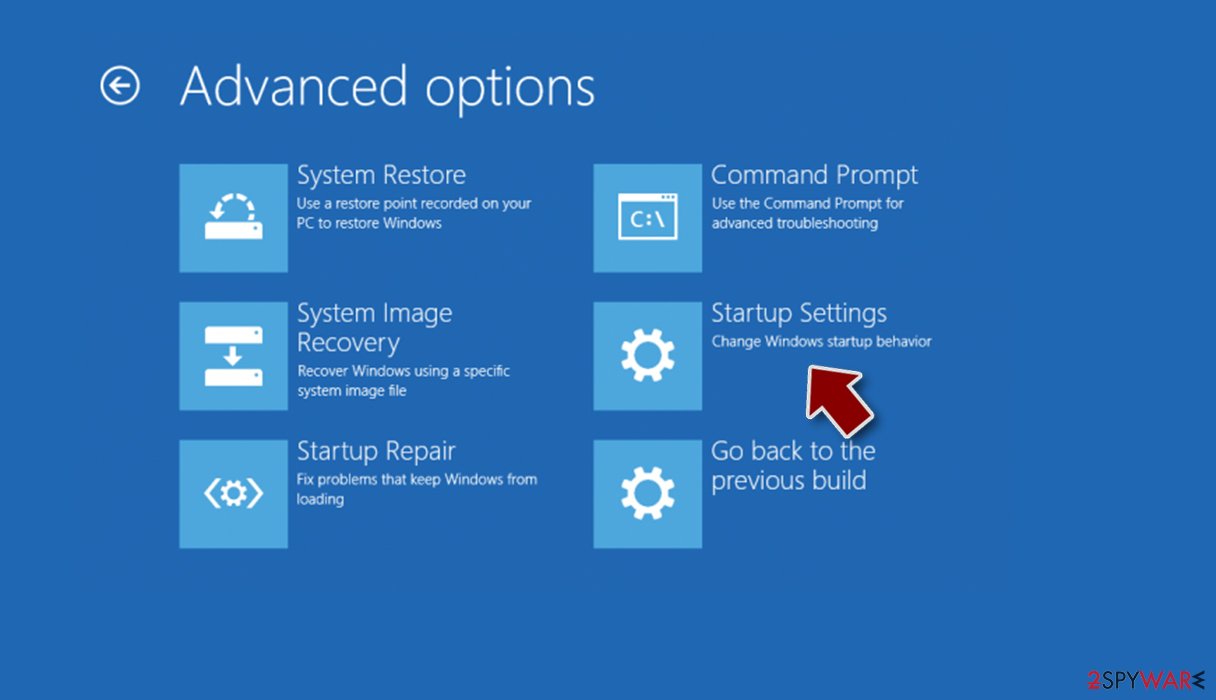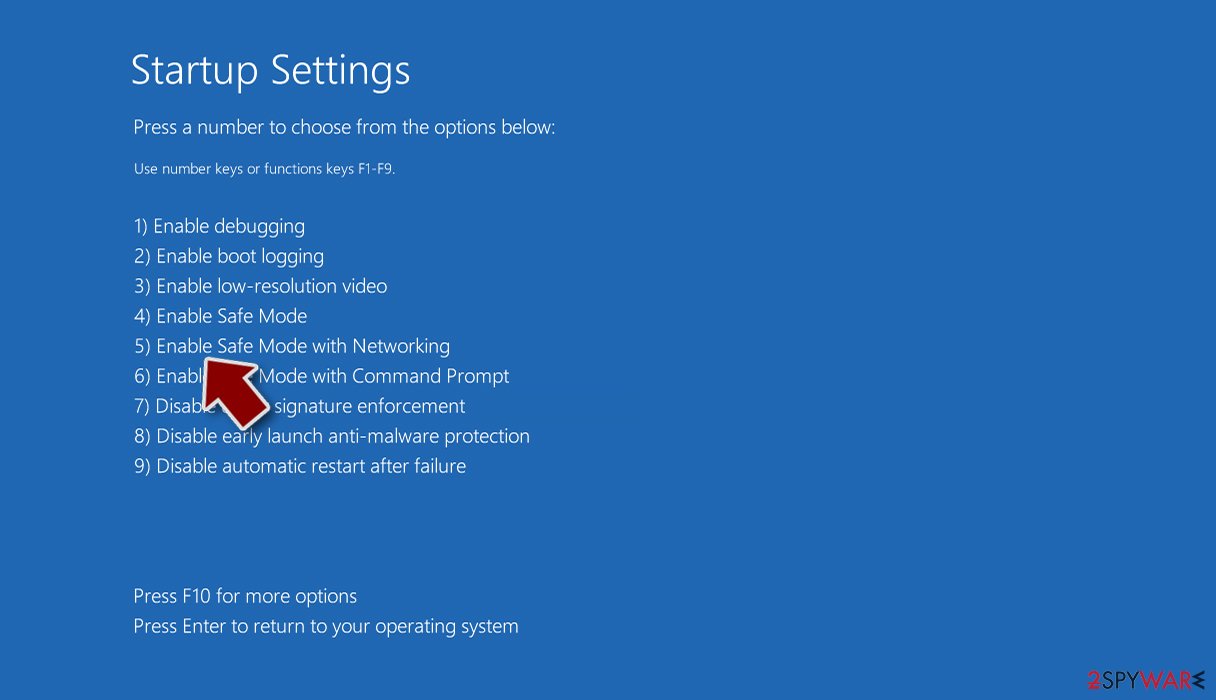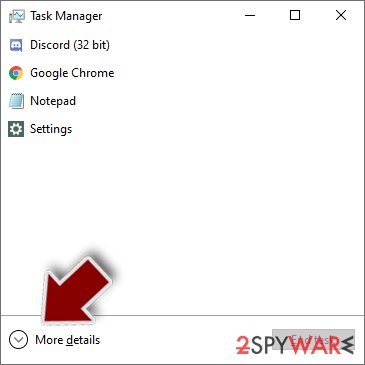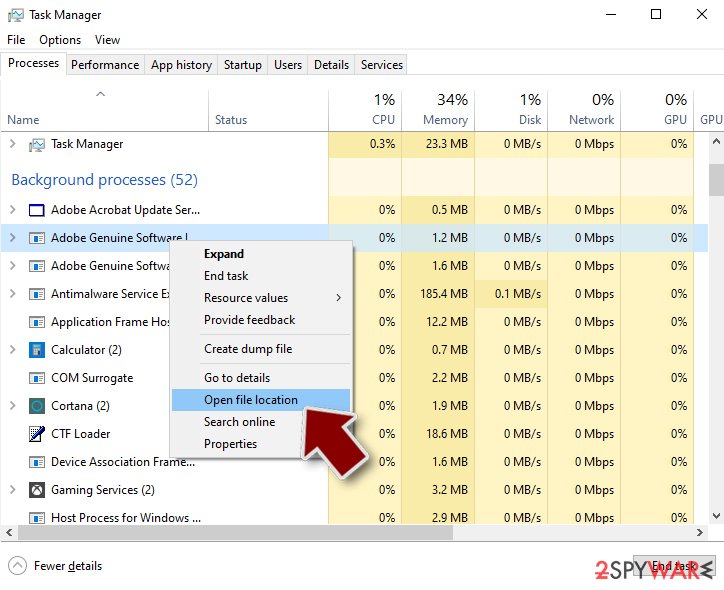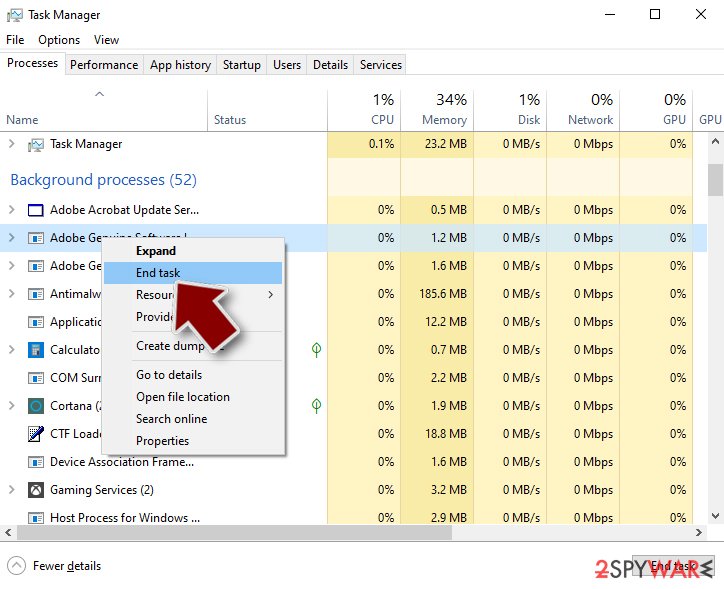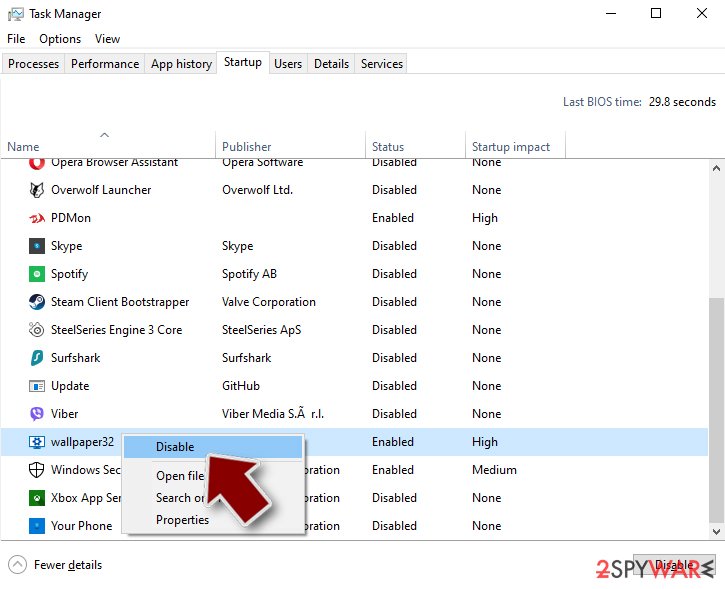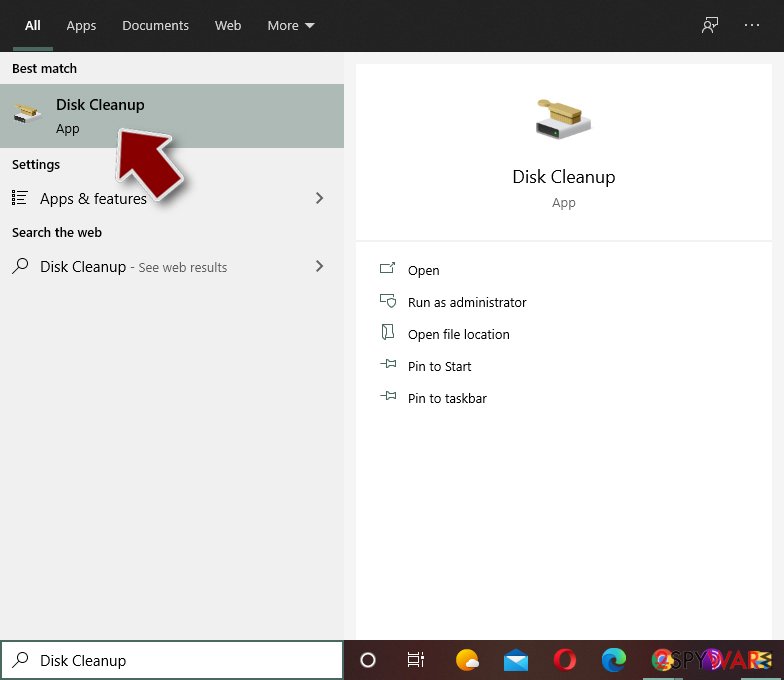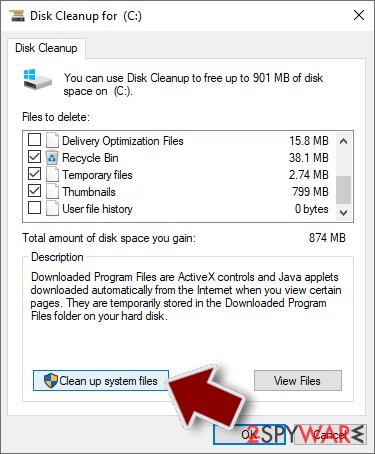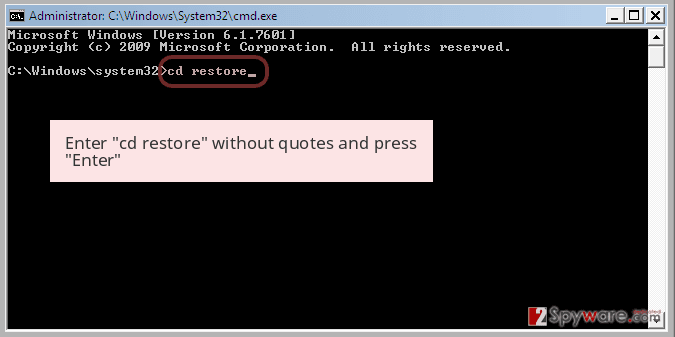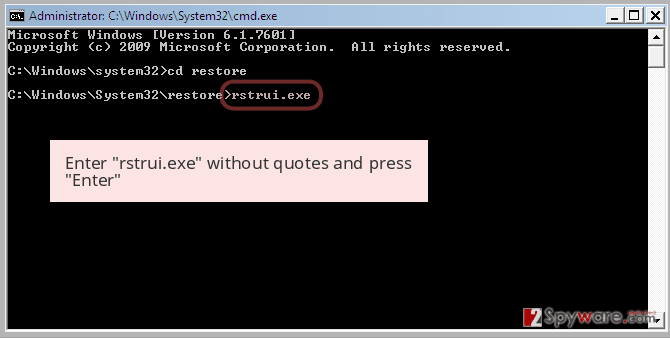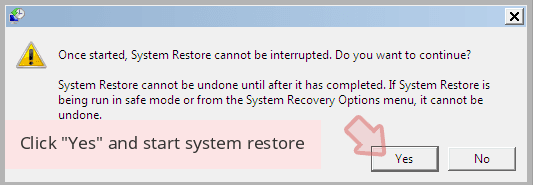Faizal ransomware / virus (Virus Removal Guide) - Decryption Steps Included
Faizal virus Removal Guide
What is Faizal ransomware virus?
Faizal ransomware virus attacks users in Southeast Asia
Faizal virus is a crypto-malware based on the HiddenTear open source ransomware project.[1] Malware spreads as an obfuscated installer package of “Street Racing Club” game. At the moment of writing, ransomware launches the attacks in Indonesia and other countries in Southeast Asia. However, malware researchers assume that this cyber threat might expand its target field and start spreading worldwide. After the infiltration, ransomware starts scanning the system looking for targeted files for the encryption. All encoded files have .gembok file extension that means “locked” in English. Faizal follows the classic ransomware behavior and drops a ransom note as soon as all files are protected with a strong encryption cipher. The ransom note called PENTING !!!.htm informs that users need to send a voucher code of 100,000 Indonesian Rupees to leprogames777@gmail.com. The size of the ransom looks ridiculously small in the Western world – it’s only 7.50 USD. However, the cost of living in Indonesian region is not as high, and it’s a reasonable sum of money cyber criminals might expect to receive from each victim. Sadly, data recovery might be complicated without particular decryption key because the virus is designed to delete Shadow Volume Copies which are crucial for this procedure. Though, this fact should not motivate victims to pay the ransom and rely on criminals’ promises. No matter how valuable the files are, Faizal removal should be the primary task after ransomware attack.[2] We recommend assigning this task to professional anti-malware program, such as FortectIntego.
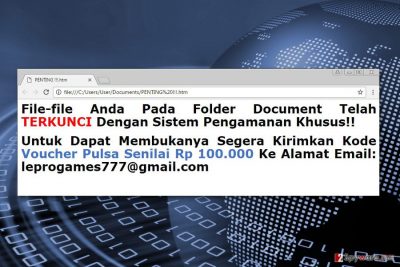
Faizal ransomware is created to attack a wide range of files stored on the local disks, connected external devices, and even computer networks. Therefore, if you suspect ransomware attack, disconnect your computer from the Internet and disable all removable devices. It will help to stop malware from spreading further and causing more damage. The virus is designed to encrypt all popular and widely used file types. Unfortunately, if users do not back up their files, ransomware attack may seem like an end of the world and to pay the ransom may look like the only solution. However, it’s better to remove Faizal from the machine rather than risk to lose the money as well. There are numerous cases when victims of ransomware have never received a promised decryption key. What is worse, cyber criminals might demand to pay even more money[3] and use various threatening techniques to make people obey. Thus, we do not recommend having business with developers of ransomware.
Malware spreads as a fake game installer
Faizal ransomware spreads with the help of Street Racing Club – SETUP.exe file. This file is supposed to trick people who love playing computer games, more specifically – car racing. Malware pretends to be an installer for “Street Racing Club” game developed by GameHitStudio. Thus, you should be cautious when installing this game. Always choose reliable sources for downloads and avoid using file-sharing sites, torrents, P2P networks, etc. However, there’s always a chance that authors of the Faizal virus apply other ransomware distribution techniques, such as malvertising,[4] exploit kits or spam email campaigns. If the virus starts spreading in Europe or America, probably cyber criminals update malware distribution strategies as well. Thus, we want to remind to be careful when browsing the web and backup your files regularly.[5]

Safe way to remove Faizal malware
The only safe way to remove Faizal from the computer is to rely on professional antivirus or malware removal program. We suggest dedicating this task for one of these tools: FortectIntego, SpyHunter 5Combo Cleaner or Malwarebytes. Using your preferred security software, you need to scan infected computer’s system. However, we want to stress out that this task may not be as easy as it may look at first. Malware can prevent you from installing, updating or accessing malware removal program. In order to carry out automatic Faizal removal, you may need to reboot your device to the Safe Mode with Networking. The instructions below will explain to you how to do it. Besides, you will find an alternative data recovery methods that might be useful as well.
Getting rid of Faizal virus. Follow these steps
Manual removal using Safe Mode
In order to remove ransomware automatically, you have to reboot your PC to the Safe Mode with Networking first. Then, install or update security software and run a full system scan.
Important! →
Manual removal guide might be too complicated for regular computer users. It requires advanced IT knowledge to be performed correctly (if vital system files are removed or damaged, it might result in full Windows compromise), and it also might take hours to complete. Therefore, we highly advise using the automatic method provided above instead.
Step 1. Access Safe Mode with Networking
Manual malware removal should be best performed in the Safe Mode environment.
Windows 7 / Vista / XP
- Click Start > Shutdown > Restart > OK.
- When your computer becomes active, start pressing F8 button (if that does not work, try F2, F12, Del, etc. – it all depends on your motherboard model) multiple times until you see the Advanced Boot Options window.
- Select Safe Mode with Networking from the list.

Windows 10 / Windows 8
- Right-click on Start button and select Settings.

- Scroll down to pick Update & Security.

- On the left side of the window, pick Recovery.
- Now scroll down to find Advanced Startup section.
- Click Restart now.

- Select Troubleshoot.

- Go to Advanced options.

- Select Startup Settings.

- Press Restart.
- Now press 5 or click 5) Enable Safe Mode with Networking.

Step 2. Shut down suspicious processes
Windows Task Manager is a useful tool that shows all the processes running in the background. If malware is running a process, you need to shut it down:
- Press Ctrl + Shift + Esc on your keyboard to open Windows Task Manager.
- Click on More details.

- Scroll down to Background processes section, and look for anything suspicious.
- Right-click and select Open file location.

- Go back to the process, right-click and pick End Task.

- Delete the contents of the malicious folder.
Step 3. Check program Startup
- Press Ctrl + Shift + Esc on your keyboard to open Windows Task Manager.
- Go to Startup tab.
- Right-click on the suspicious program and pick Disable.

Step 4. Delete virus files
Malware-related files can be found in various places within your computer. Here are instructions that could help you find them:
- Type in Disk Cleanup in Windows search and press Enter.

- Select the drive you want to clean (C: is your main drive by default and is likely to be the one that has malicious files in).
- Scroll through the Files to delete list and select the following:
Temporary Internet Files
Downloads
Recycle Bin
Temporary files - Pick Clean up system files.

- You can also look for other malicious files hidden in the following folders (type these entries in Windows Search and press Enter):
%AppData%
%LocalAppData%
%ProgramData%
%WinDir%
After you are finished, reboot the PC in normal mode.
Remove Faizal using System Restore
System Restore method also helps to disable the virus and run automatic ransomware removal. Follow the steps below to get access to your preferred malware removal program.
-
Step 1: Reboot your computer to Safe Mode with Command Prompt
Windows 7 / Vista / XP- Click Start → Shutdown → Restart → OK.
- When your computer becomes active, start pressing F8 multiple times until you see the Advanced Boot Options window.
-
Select Command Prompt from the list

Windows 10 / Windows 8- Press the Power button at the Windows login screen. Now press and hold Shift, which is on your keyboard, and click Restart..
- Now select Troubleshoot → Advanced options → Startup Settings and finally press Restart.
-
Once your computer becomes active, select Enable Safe Mode with Command Prompt in Startup Settings window.

-
Step 2: Restore your system files and settings
-
Once the Command Prompt window shows up, enter cd restore and click Enter.

-
Now type rstrui.exe and press Enter again..

-
When a new window shows up, click Next and select your restore point that is prior the infiltration of Faizal. After doing that, click Next.


-
Now click Yes to start system restore.

-
Once the Command Prompt window shows up, enter cd restore and click Enter.
Bonus: Recover your data
Guide which is presented above is supposed to help you remove Faizal from your computer. To recover your encrypted files, we recommend using a detailed guide prepared by 2-spyware.com security experts.If your files are encrypted by Faizal, you can use several methods to restore them:
Data Recovery Pro – alternative way to restore files encrypted by Faizal ransomware virus
This professional data recovery tool might be helpful to rescue encrypted files. It is designed to restore corrupted, deleted and some of the encrypted files.
- Download Data Recovery Pro;
- Follow the steps of Data Recovery Setup and install the program on your computer;
- Launch it and scan your computer for files encrypted by Faizal ransomware;
- Restore them.
Take advantage of Windows Previous Versions feature to restore files encrypted by Faizal malware
If System Restore function has been enabled before ransomware attack, you can access individual files by following the step below. Otherwise, you do not have a chance to “travel back” in computer’s time and copy previously saved versions of the encrypted files.
- Find an encrypted file you need to restore and right-click on it;
- Select “Properties” and go to “Previous versions” tab;
- Here, check each of available copies of the file in “Folder versions”. You should select the version you want to recover and click “Restore”.
Faizal decryptor
We are sorry, but decryptor is not released yet.
Finally, you should always think about the protection of crypto-ransomwares. In order to protect your computer from Faizal and other ransomwares, use a reputable anti-spyware, such as FortectIntego, SpyHunter 5Combo Cleaner or Malwarebytes
How to prevent from getting ransomware
Do not let government spy on you
The government has many issues in regards to tracking users' data and spying on citizens, so you should take this into consideration and learn more about shady information gathering practices. Avoid any unwanted government tracking or spying by going totally anonymous on the internet.
You can choose a different location when you go online and access any material you want without particular content restrictions. You can easily enjoy internet connection without any risks of being hacked by using Private Internet Access VPN.
Control the information that can be accessed by government any other unwanted party and surf online without being spied on. Even if you are not involved in illegal activities or trust your selection of services, platforms, be suspicious for your own security and take precautionary measures by using the VPN service.
Backup files for the later use, in case of the malware attack
Computer users can suffer from data losses due to cyber infections or their own faulty doings. Ransomware can encrypt and hold files hostage, while unforeseen power cuts might cause a loss of important documents. If you have proper up-to-date backups, you can easily recover after such an incident and get back to work. It is also equally important to update backups on a regular basis so that the newest information remains intact – you can set this process to be performed automatically.
When you have the previous version of every important document or project you can avoid frustration and breakdowns. It comes in handy when malware strikes out of nowhere. Use Data Recovery Pro for the data restoration process.
- ^ Hidden Tear: Is open-source ransomware really a good idea?. My Spy Bot. The Official Website of the Spy Bot application.
- ^ What You Should Do When Ransomware Attacks. GCS Technologies. Austin IT Support and Managed IT Services.
- ^ Andrew Dalton. Ransomware hackers get their money, then ask for more. Engadget. Technology News And Reviews.
- ^ Philip Adikes. Malvertising: How Advertisements can spread Malware. Securable. Cyber Security remediation training.
- ^ Lincoln Spector. How to stop ransomware: Backup can protect you, but only if you do it right. PC World. Laptops, Tablets, iPads, Desktop PCs, Printers & More.


